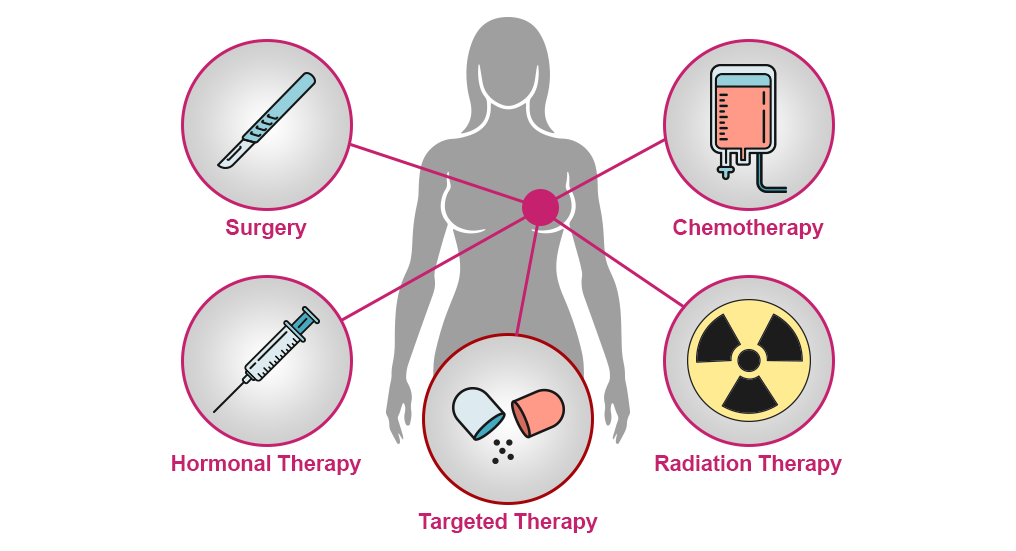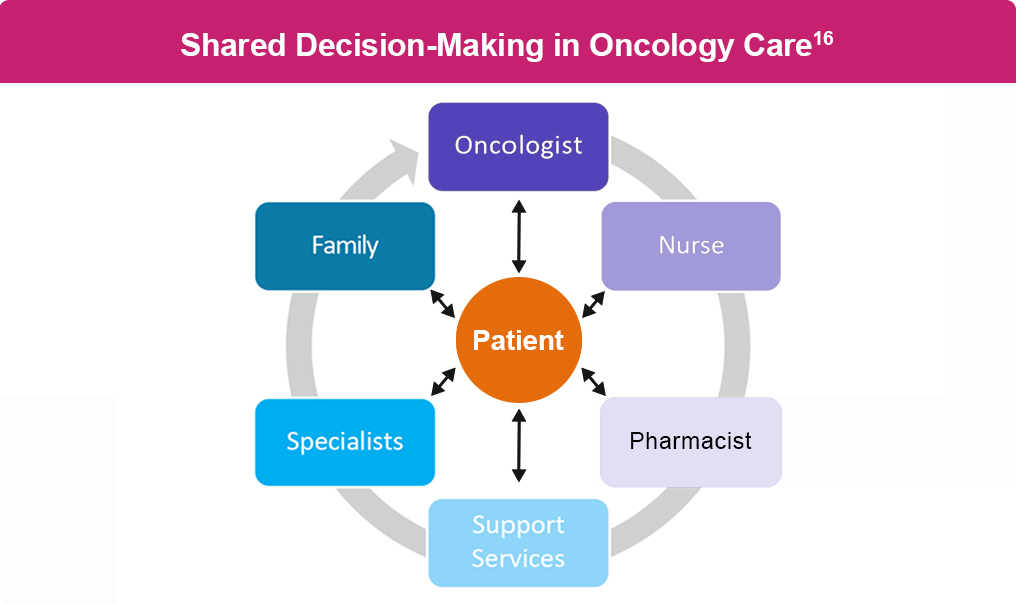This activity is provided by Med Learning Group.
This activity is supported by an educational grant from Lilly.
Copyright © 2025 | Med Learning Group | All Rights Reserved | Website by Divigner
This activity is supported by an educational grant from Lilly.
Copyright © 2025 | Med Learning Group | All Rights Reserved | Website by Divigner



